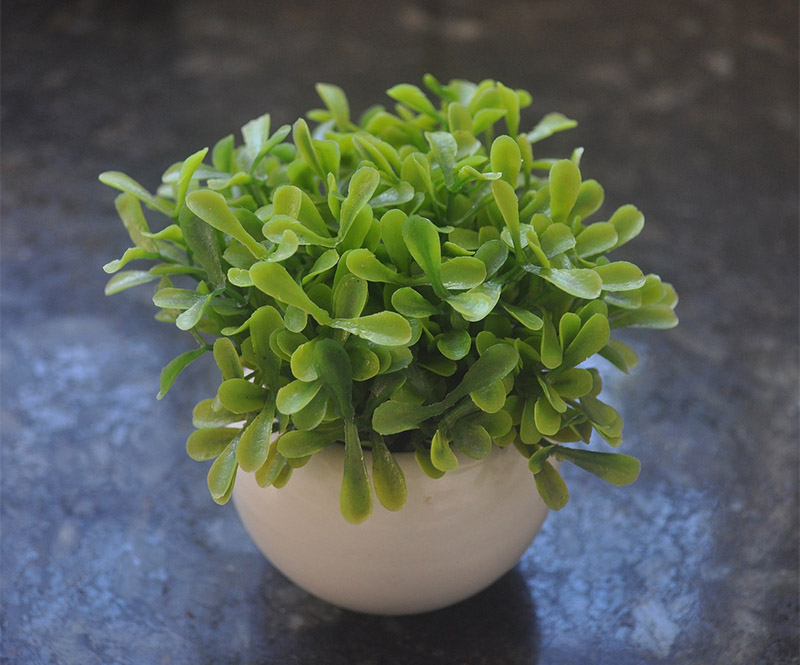People have been incorporating plants into their homes and workplaces for centuries. The presence of greenery can provide many benefits such as improved air quality, reduced stress and improved mood. However, as much as we love plants, not everyone has the time, resources or knowledge to maintain real plants. This is where fake plants come into play. In recent years, artificial plants have gained popularity for their convenience and low maintenance. But why do people use fake plants?
One of the main reasons people use fake plants is because they don't have the time or interest to care for real ones. For many people, keeping real plants alive takes a lot of effort, from watering and pruning to providing enough sun and fertilizer. This can be challenging, especially for those with busy lifestyles or frequent travel. In contrast, fake plants require little maintenance and can provide the same aesthetic value as real plants. There is no need for watering or pruning, and there is no risk of over- or under-watering, a common problem with live plants.
Another reason to use fake plants is their versatility. Incorporating realistic plants into some environments can be challenging, such as poorly lit areas or areas with heavy traffic where they can be bumped or knocked over. Artificial plants, on the other hand, can be designed to fit any space, style or decor. They can be placed in areas with little or no natural light, and they come in different colors, textures, and sizes. Artificial plants can also be shaped and manipulated to fit unusual spaces or containers.

Fake plants are also a practical solution in areas with harsh weather or environmental conditions. Extreme temperatures, air pollution or drought can affect the health of real plants and make them difficult to maintain. In contrast, artificial plants are not affected by weather or environmental conditions, making them suitable for outdoor use or in areas with extreme temperatures or winds.
Plus, fake plants could be a cost-effective solution in the long run. Real plants require regular replacement and maintenance, adding to costs over time. On the other hand, the cost of artificial plants is one-time and does not require any ongoing costs, making them an affordable and low-maintenance alternative.
Finally, fake plants are an eco-friendly solution for those concerned about sustainability. While real plants are a naturally renewable resource, their care and cultivation require resources such as water, energy and fertilizers. In contrast, fake plants are made from synthetic materials, which are more sustainable and less resource-intensive in the long run.
In conclusion, people use fake plants for a variety of reasons, including convenience, versatility, practicality, cost-effectiveness, and sustainability. While real plants have many benefits, fake plants can provide the same aesthetic value with less effort and maintenance. As technology continues to improve, the design and quality of artificial plants will only continue to improve, making them an increasingly popular alternative to real plants.
Post time: May-09-2023
